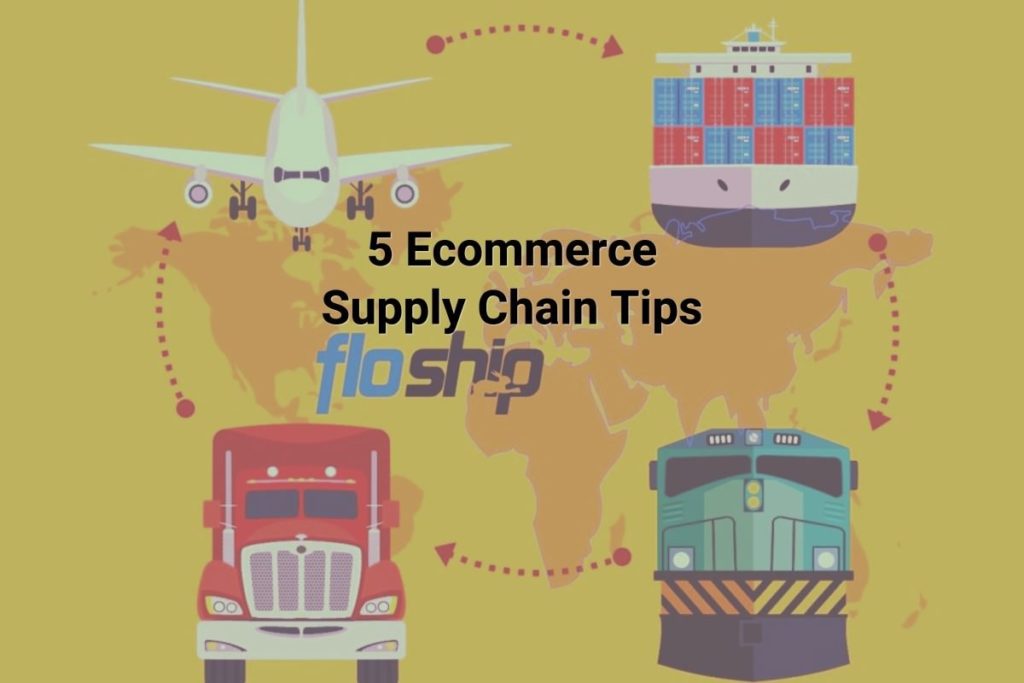Does your business use parts and services from overseas sources?
The logistics of a global supply chain can sometimes make or break a business. Regardless of where the products are being shipped from, they must be delivered to the customer in a timely manner, and moreover, arrive in optimal shape.
If the products take too long to arrive in your customer’s hands, they might end up taking their business elsewhere. If the products don’t arrive in acceptable shape, it could end up costing your enterprise. In short, it can be tricky business.
Here are five tips for managing a global supply chain:
1. Work With People That Can Oversee The Supply Chain
If you want your supply chain to run like a well-oiled machine, you’re either going to need to hire someone with the right knowledge and skills, or partner up with an expert or a consultant that can offer relevant advice, or even oversee the entire process.
Ideally, you need to find someone that has expertise with different localities. For example, if you’re transferring product from China to the US, you’ll want to make sure you’re working with someone that’s familiar with how things work in China.
This is a rudimentary example, since you might be transferring products from one location to another, and then selling them in another region. However, the overall sentiment remains; work with an expert that knows what they’re doing.
2. Manage Your Ecommerce Sales Forecasting
With a global supply chain, products are going to be moving from one location to another. Not only is timing critical, so is sales forecasting.
Buying too much inventory could mean losing money and having to hold on to product for longer than expected.
This could result in additional overhead in the form of warehousing. Plus, it always takes longer to ship products on an international scale, so you better have a pretty good idea of how much product you actually need.
3. Have a Plan B
Even the best laid plans can sometimes go awry. If you don’t have any backup plans, you might end up losing sales and frustrating your customers.
When you’re dealing with international suppliers, things can easily get lost in translation. Furthermore, some distributors might end up flaking on you.
Once you’re dealing in business globally, remember to have a solid plan B. This is the only way to ensure that things don’t fall apart at the last minute.
4. Utilize Supply Chain Software
Companies today have access to a myriad of tools to help them manage their supply chains. To not take advantage of the technology available would be to shoot yourself in the foot.
You can use modern software tools to track and manage inventory, order processing, supplier management, and more.
The right software can help you gain a big-picture view of how things are progressing with your supply chain, and that’s a huge advantage in monitoring the vitals of your business.
5. Stay Up-To-Date
Best practices, laws, and regulations shouldn’t be ignored.
You need to stay on top of relevant concerns, and make sure your suppliers can ensure product compliance on an ongoing basis. There are certifications and training for keeping up with dynamics of the changing landscape in global sourcing:
If you fail to stay current, it might end up costing your business big time, and that defeats the purpose of having a global supply chain.
If you don’t have the personnel, expertise or resources to oversee compliance, you may need to hire, outsource, or come up with a creative solution to make sure you know what’s going on. You can’t afford not to.
Conclusion
Don’t assume anything. The supplier you work with may not operate on the same principles you do. Their corporate culture could be quite a bit different from yours.
If you want to manage a global supply chain, take the guesswork out of it. Track relevant metrics, work with people that know what they’re doing, and always have a backup plan in place.
For help with international fulfillment, crowdfunding fulfillment or to find out how floship enables you to to expand your business to new markets globally, fill out the form on this page and we’ll be in touch for a free consultation.
Related Articles
- The eCommerce Logistics Value Chain: What You Need To Know
- How Floship Manages The End To End Delivery Of Your Shipment
- Shipping From Overseas: Top 8 Things To Consider
- The eCommerce Logistics Value Chain: What You Need To Know

Ready To Upgrade Your Logistic Solution?
Speak to Floship ecommerce logistic consultant about improving your global support chain today





